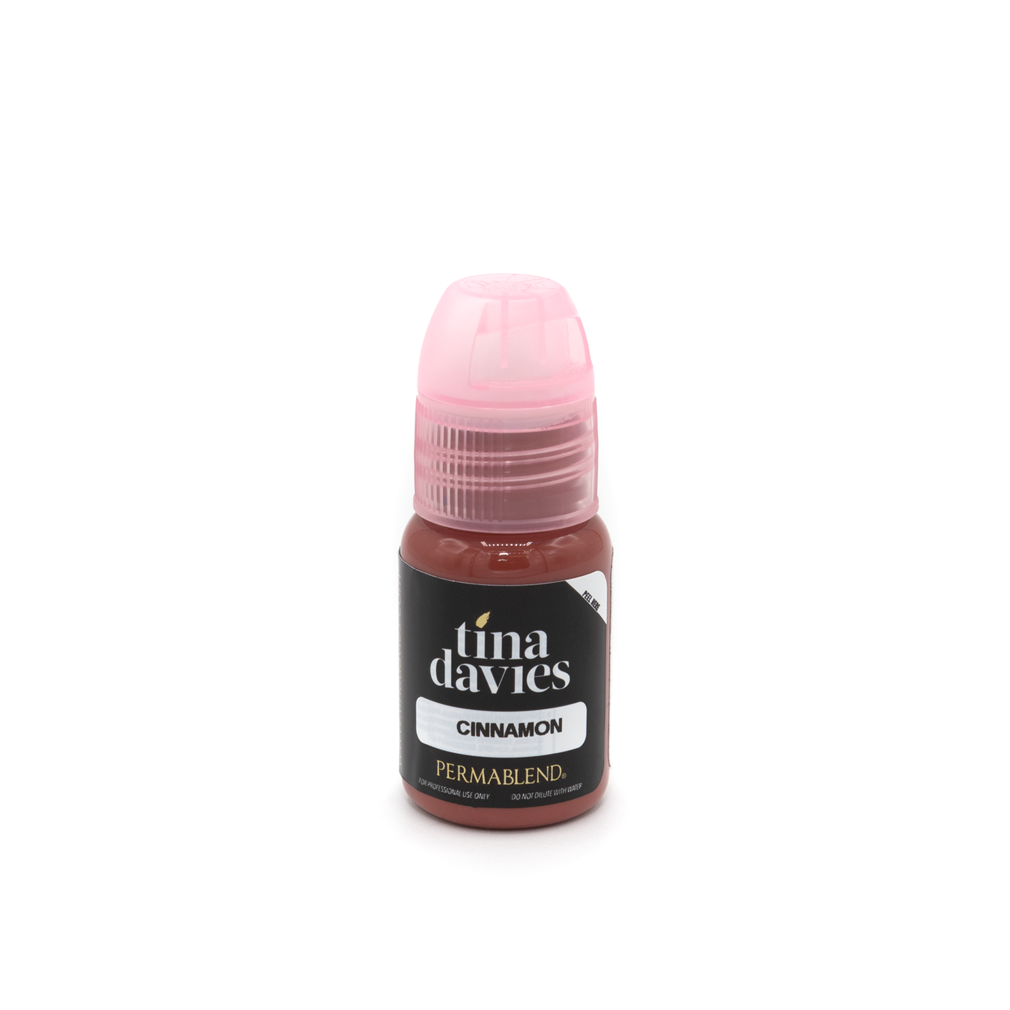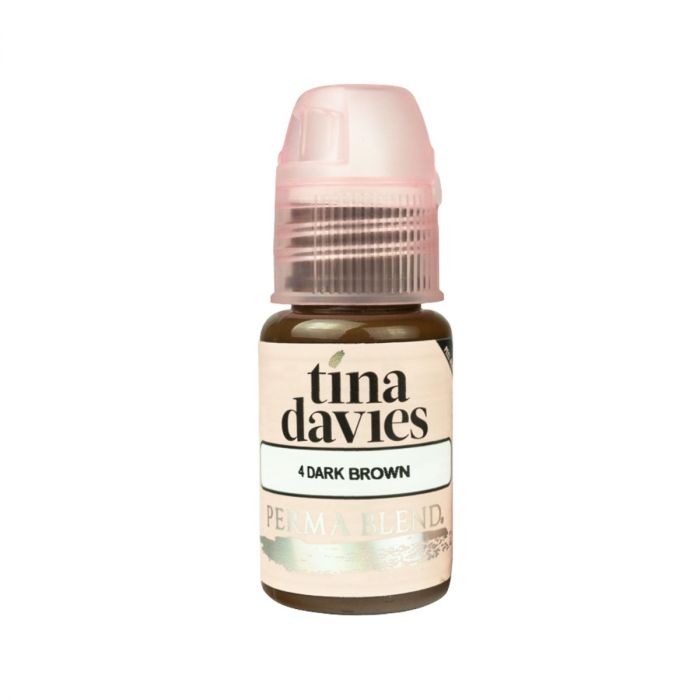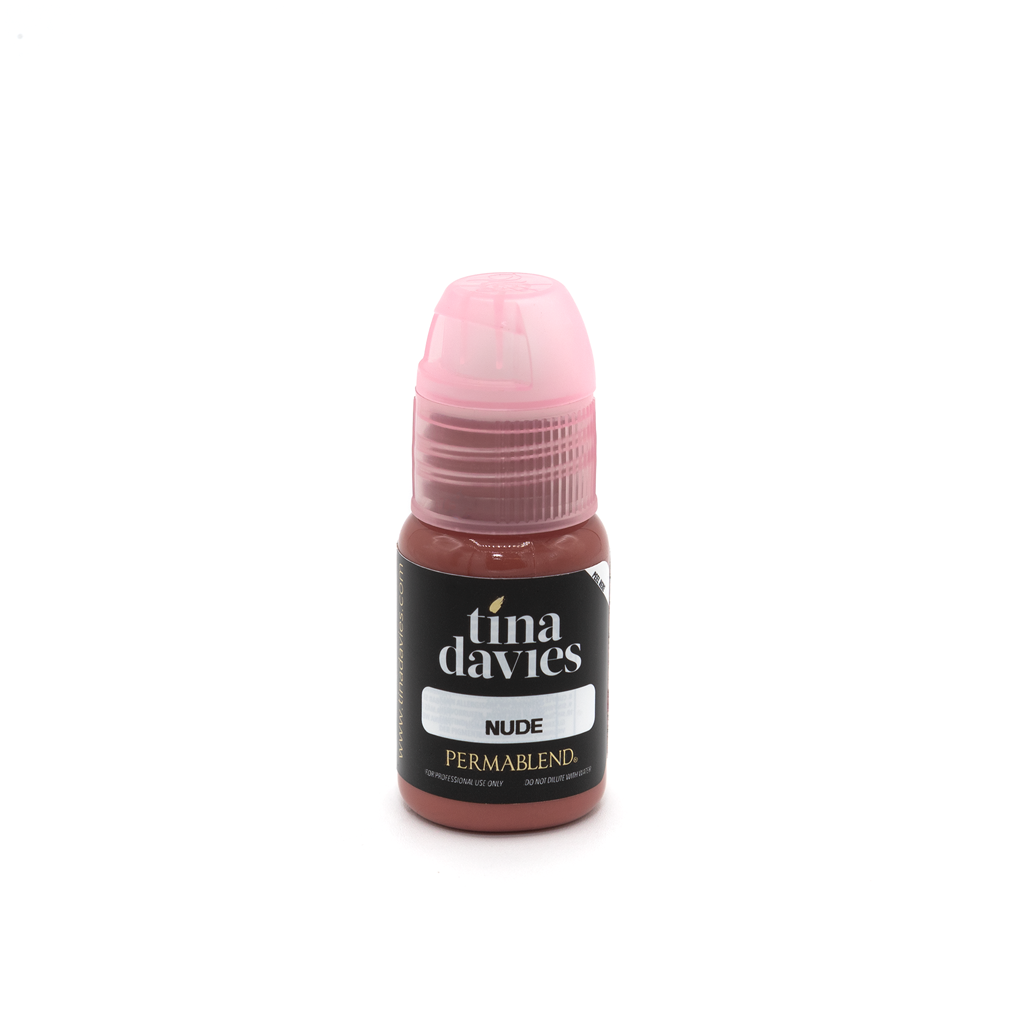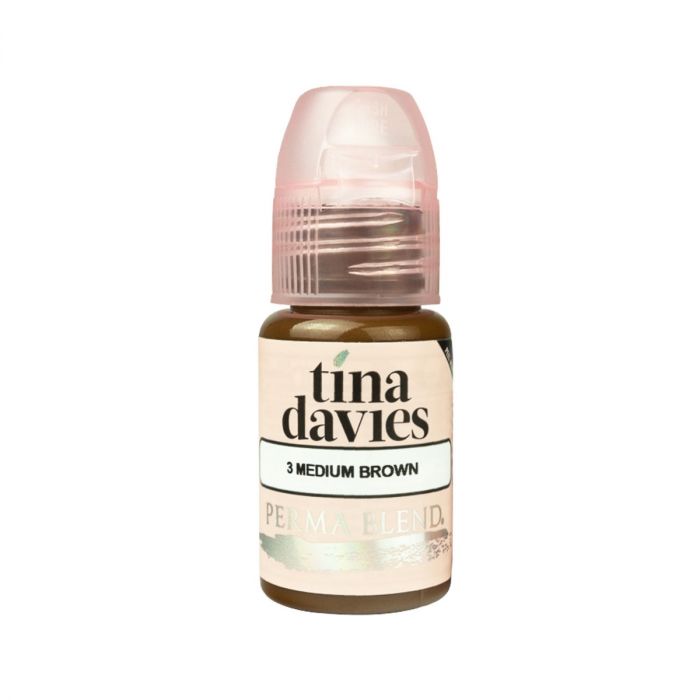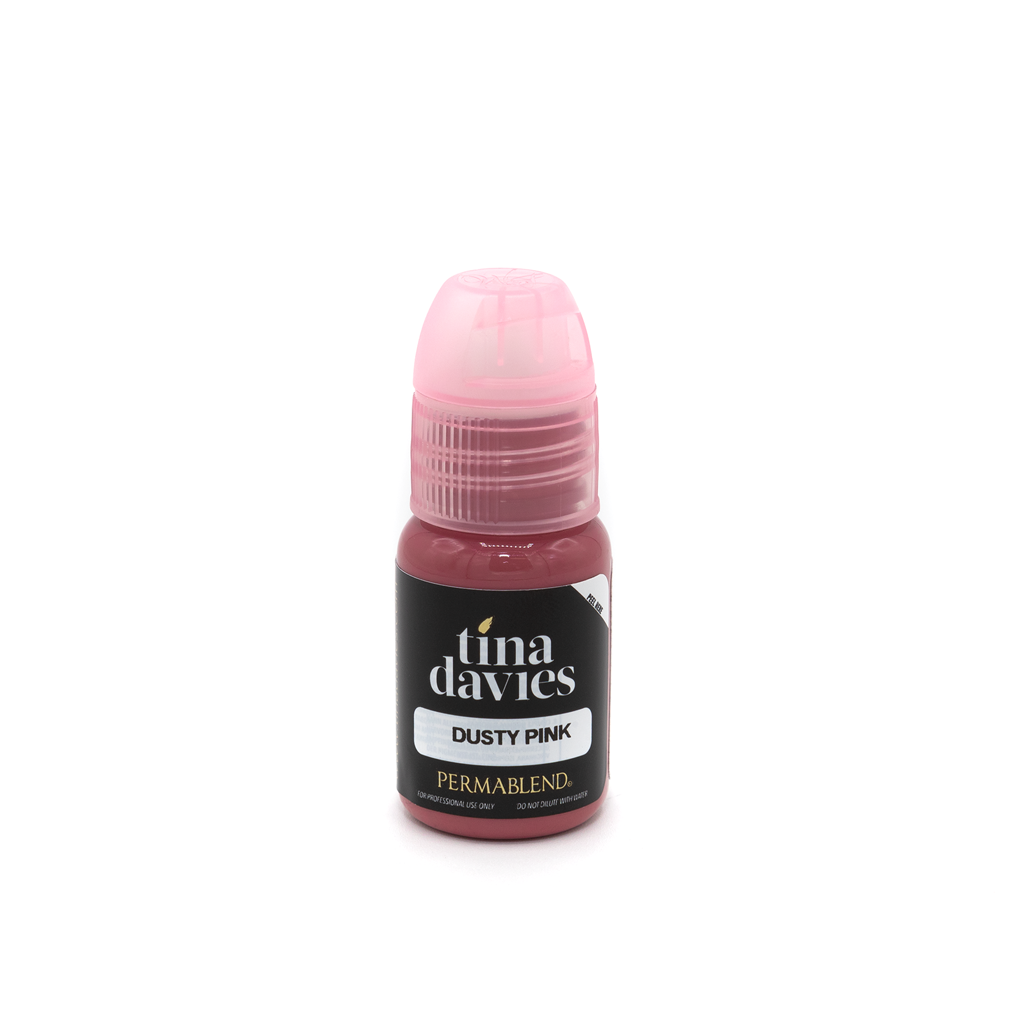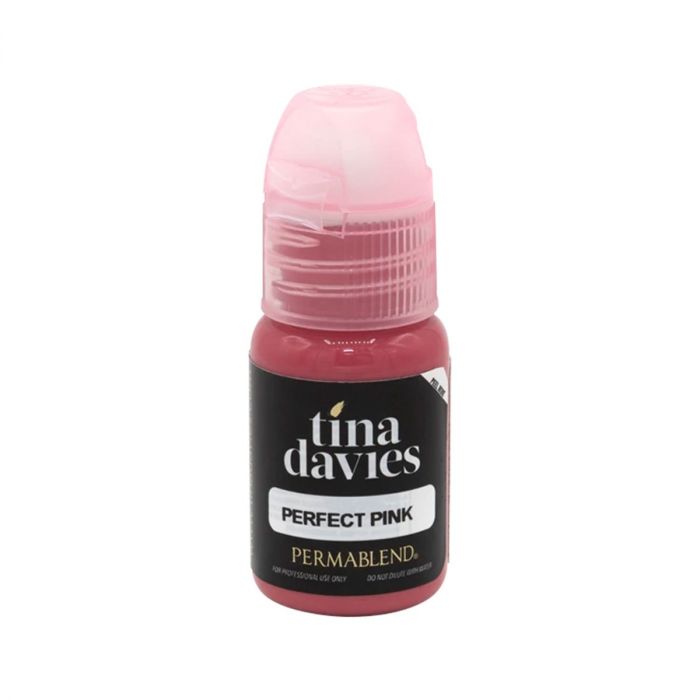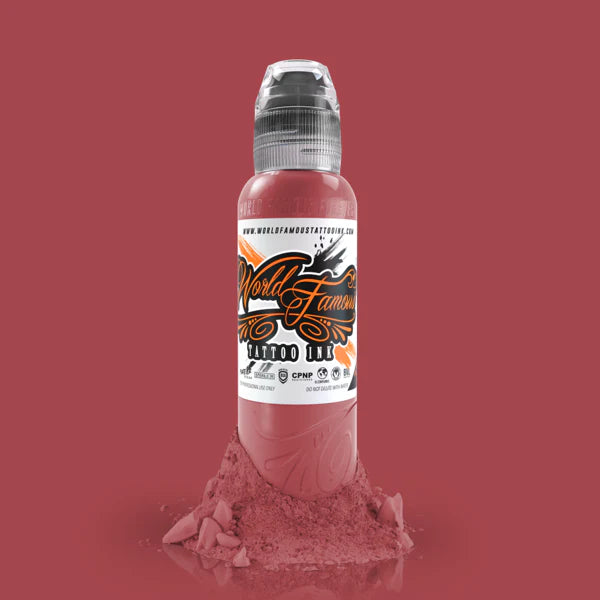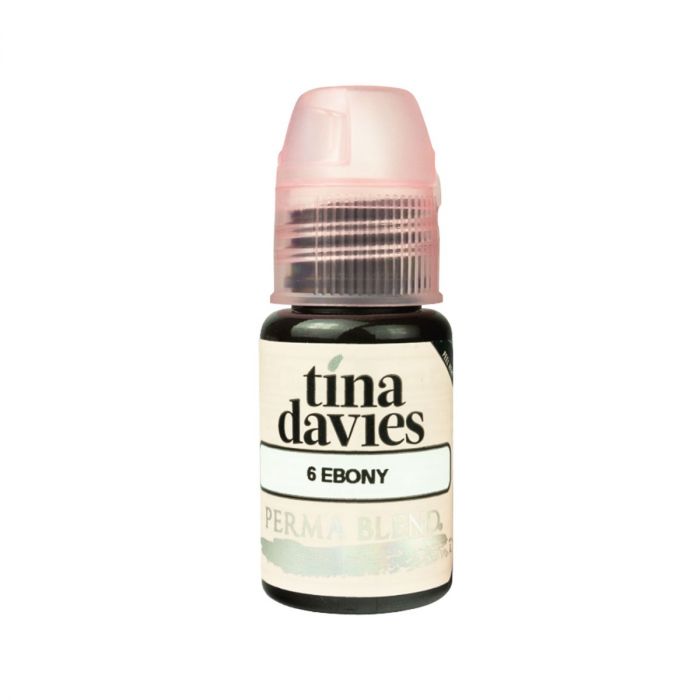What is scalp micropigmentation?
When someone talks about micropigmentation, it is usually in reference to an innovative treatment designed to create fuller and more stylish-looking eyebrows, otherwise known as the Ombre Brow technique.
However, micropigmentation can also be used to enhance other features of the face and body and has recently been used as a solution for those suffering with hair loss, hair thinning and balding. This treatment is called scalp micropigmentation, or SMP for short.
But what is scalp micropigmentation? And how does it work? Read on to learn more!
What is micropigmentation?
Micropigmentation is a cosmetic (or sometimes medical) treatment that uses traditional tattoo pigments and techniques to enhance a certain feature of the face or body. However, unlike standard tattooing, the treatment is usually semi-permanent. This means that the injected pigment will fade after a few years.
An example:
Micropigmentation can be used to ‘draw’ a set of eyebrows onto the face by injecting coloured pigment into the first layer of skin. The result: stylish and voluminous-looking brows that last all day, every day.
What is Scalp Micropigmentation?
Losing hair is a problem faced by millions of men and women all around the world, and can often a impact a person’s self-esteem and confidence. According to the American Hair Loss Association, two-thirds of men will have experienced some degree of hair loss by the age of thirty-five. They go onto state that by the age of fifty, roughly eighty-five percent of men will have significantly thinner hair compared to previous years.
Scalp micropigmentation is an innovative treatment that has been designed to ease and/or counter many of the problems caused by hair loss. It is a process that aims to create a fuller, healthier-looking head of hair and reduce the appearance of bald patches.
The treatment itself combines the use of specialized equipment (needles, machines and pigments) with artistic techniques to create the appearance of hair follicles. A scalp micropigmentation technician will mix different pigment colours together to match the client’s exact hair colour to achieve natural-looking results.
Who Can Benefit from Scalp Micropigmentation?

Those suffering with male pattern baldness.
Male pattern baldness is a common issue experienced by many men and accounts for as much as ninety-five percent of all male hair loss. It is caused by a combination of genetic and hormonal factors and can affect men of all ages.
Scalp micropigmentation can help those suffering with male pattern baldness by adding shape, colour and volume to a person’s hairline or entire scalp.
Those suffering with alopecia.
Alopecia refers to the loss of hair on parts of the head and/or the body where it should naturally grow. Alopecia can affect people of all ages, and both men and women. It is a condition that can occur without warning and often does not have a cure. Alopecia affects approximately 147 million people around the world.
Scalp micropigmentation can help alopecia sufferers by creating the illusion of hair follicles in areas that are sparse and/or patchy.
Those suffering with scalp scarring.
Many factors such as cuts, abrasions, medical conditions and operations can result in scalp scarring. This can often make a person feel self-conscious and affect their self-esteem.
Scalp scarring can also prohibit the growth of new hairs around the area, leading to further hair loss and patchiness.
Scalp micropigmentation can both cover the scar itself and areas that have suffered because of scarring.
Those wanting to add density and depth to their existing hairs.
Scalp micropigmentation does not just help those who are balding and/or experiencing extreme hair loss. It is also an excellent solution for those wanting to add volume and depth to areas that are sparser than others.

Women who have experienced hair loss.
Whilst hair loss is generally associated with men, millions of women also suffer with varying degrees of hair loss. This can be caused by numerous factors such as alopecia, health conditions, effects of medication and medical treatments such as chemo and radio therapy.
Scalp micropigmentation can help counter these problems to a certain extent. The treatment uses coloured pigment to fill in bald patches and cover the scalp, helping to create the illusion of a thicker, more voluminous head of hair.
How is a Scalp Micropigmentation Procedure Performed?
A scalp micropigmentation treatment is usually completed over three sessions, though the process varies from technician to technician. Factors such as the extent of a client’s hairlessness and the style they are hoping to achieve can also affect the amount of sessions they will need to undergo.
Session One – Consultation:
The first stage of a scalp micropigmentation procedure involves an in-depth conversation between the technician and client. The aim of the consultation is to discover exactly what the client hopes to achieve by the end of the procedure. The consultation should also answer any outstanding questions the client may have.
After this initial conversation, the technician will be able to create a bespoke pigment blend to match to the client’s natural hair colour.
Session Two – First Administration of Pigment
During the first practical session, a base layer of pigment will be applied to the treated area. The aim of this initial treatment is to lay the foundation level of pigment and to create a clear outline of how the area will look post-procedure.
Session Three – Finishing Touches
This session will allow the technician to go a shade darker than the first appointment, adding more detail and colour to the treated area.
This session is where the effects of the treatment will really come to life and the client will see their new look perfected. It is also an opportunity for the client to ask any further questions or voice any concerns they may have regarding the overall procedure.
Occasionally, a client may book in for a third practical session if they are wanting to achieve more definition.
How Painful is Scalp Micropigmentation?
Most SMP practitioners will apply a numbing cream to the scalp in order to minimise any discomfort their client may experience. However, it is important for prospective clients to note that they will probably experience some level of pain during the procedure as the treatment relies heavily on the use of needles.
Everybody’s ability to endure pain is different; what may feel like a mere tickle to some could be extremely painful for others. However, with the right training and skill set, most practitioners will have the relevant knowledge to reduce this pain to a minimum.
How Much Does Scalp Micropigmentation Cost?
The price of SMP varies depending on how much of the scalp needs to be covered and how many sessions a client may require. A scalp micropigmentation technician should provide a detailed quote to each client following the initial consultation. Prices for a SMP treatment can costs anywhere from £300 to £3,000.
How Long Does Scalp Micropigmentation Last?
Scalp micropigmentation is a semi-permanent solution to hair loss. As time passes, results of a scalp micropigmentation procedure will fade as the skin naturally renews and exfoliates itself. That said, SMP results can last for up to eight years.
Those with very dry or weak skin may experience quicker fading.
If a client would like to sharpen up and redefine their results, they should contact their technician to book in for a ‘top up’ treatment. This will help freshen up the results for a more desirable effect.
What are the Benefits of a Scalp Micropigmentation Procedure?
Millions of people around the world suffer with varying degrees of hair loss. Scalp micropigmentation is a fantastic way to counter the negative effects of hair loss and is superior to many other hair loss treatments. Below, we have listed the benefits of scalp micropigmentation:
- A SMP procedure inflicts zero to minimal pain on most patients.
- Little recovery time.
- Non-surgical and non-invasive procedure.
- Can work on most hair and skin types.
- Can help cover scalp scarring.
- Results appear after two sessions.
- Little to no maintenance post-procedure.
- Side effects are rare.
- SMP can help people suffering with varying degrees of hair loss.
Are There Any Associated Risks of Scalp Micropigmentation?
Scalp micropigmentation is generally a risk-free procedure. However, in rare cases, clients may experience an allergic reaction to the pigment and may suffer with infection and potential scarring as a result.
The most common risk associated with a scalp micropigmentation procedure is experiencing bad results due to poor workmanship.
If a client does their research, however, and chooses an experienced technician with sound medical and aesthetic knowledge, suffering any of these symptoms is an unusual event.
Aftercare for Scalp Micropigmentation
Looking after your SMP results is easy and there are only a few simple steps that should be followed to ensure longevity.
Following the final session, it is important that every client adheres to the advice given to them by their practitioner and the points outlined below:
- Avoid excessive exposure to water and heat for at least twenty-eight days following the final treatment. Places and activities to avoid include swimming, saunas and steam rooms.
- Avoid excessive sun exposure for at least twenty-eight days post procedure. After the allotted time, the client must make sure to administer SPF lotion to the treated area when exposed to sunlight.
- Moisturise the area regularly to prevent excessive exfoliation often caused by dry skin.
The more religiously a client follows the aftercare advice given to them, the more effective the treatment will be.
Here at Cosmedic Supplies, we sell high-quality micropigmentation machines and accessories that produce consistently outstanding results. Get in touch to start your micropigmentation journey today.

